Basic boosters
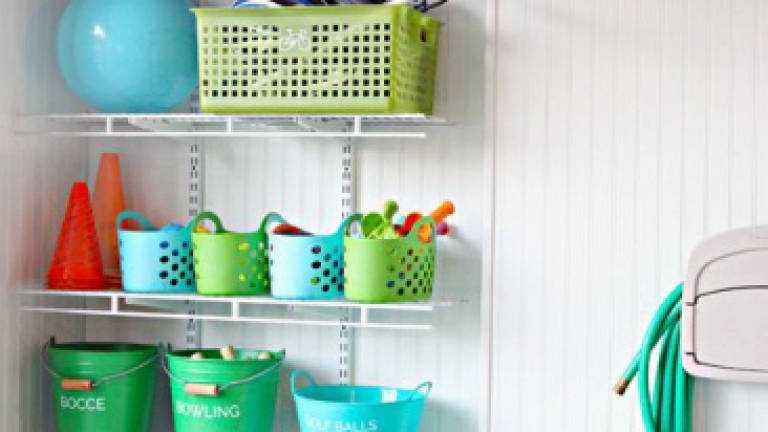
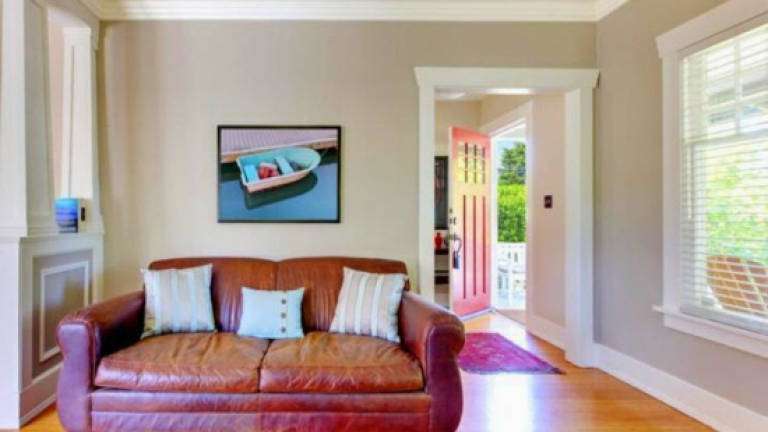
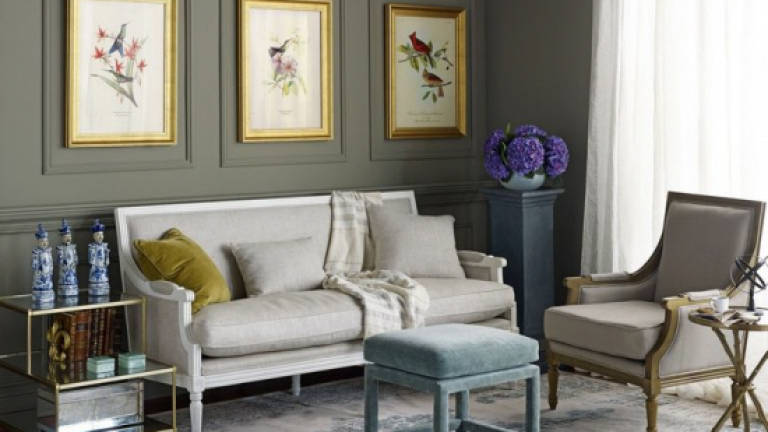
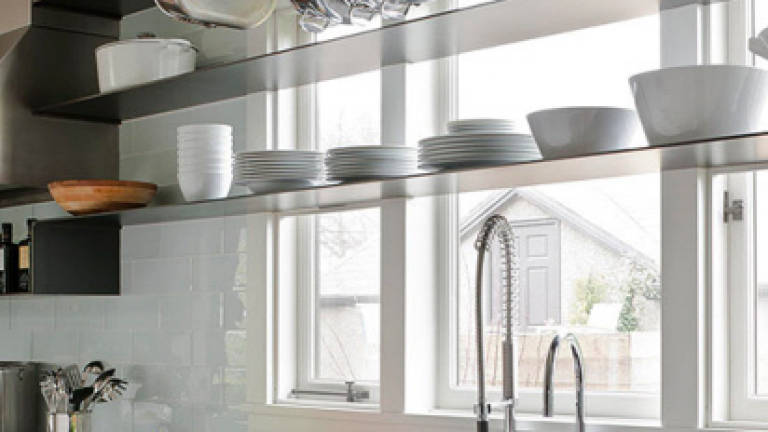

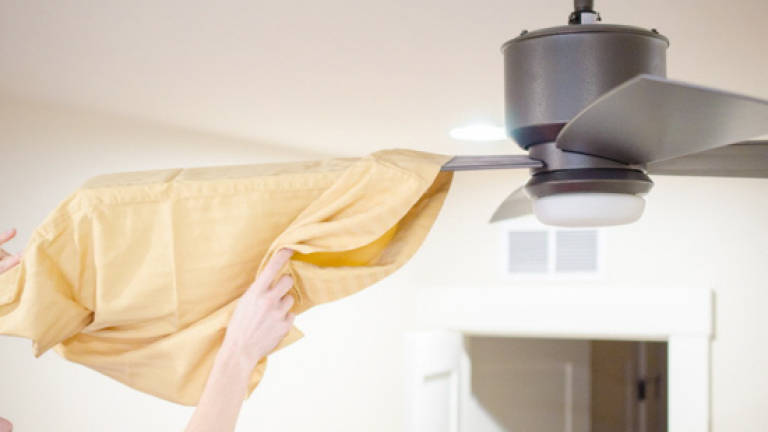
HAVE you ever experienced a day when suddenly the cosy ambiance of home does not seem comforting anymore? Once perfect interiors appear two-bit; cobwebs sitting in the corners of the ceiling and the water stains on the sofa and wooden furniture are all of a sudden staring at your face; and mind you, the once attractive and simply soothing colour theme of home's interiors now look hideous and have become almost unbearable.
Returning daily to a home that does not evoke feelings of warmth, comfort, contentment and joy obviously need serious thought. If home is sending you these signals, fret not. You can restore that once charming and alluring appeal to interiors with just a few tweaks here and there. And the beauty of it is that these simple solutions can be accomplished over the weekend.
CLUTTER BE GONE
We'll start with the basics, which is decluttering. While some people can think better creatively in a messy space, for others it poses a distraction. Various studies have shown that clutter steals your focus, increases stress levels and contributes to procrastination, among other negative consequences.
Declutter the home bit by bit, room by room. Have boxes or plastic bags on hand for the stuff that needs to be thrown out or packed for recycling. When starting out in each room, reach in to hidden spaces including drawers and shelves settled with dust that you can't recall when you opened last. Empty these and have all its contents in clear view. Lay down guidelines on items to keep and toss out. Some important areas to work on to regain the lure of home include:
Kitchen: leftover or expired food; kitchen and cooking utensils or dinnerware that has been a little too well-used; and expired medications which should be brought to hospitals or clinics for disposal and not dumped into the bin.
Home office: old and unused stationery; useless old bills, mail and paperwork; and unusable cables and knick-knacks that can be recycled.
Bedroom: old or unused clothing, shoes and jewellery; old books and magazines that will never be read again, which can be donated, recycled or thrown out.
Living room: souvenirs from bygone eras that do not rekindle a pleasant memory; broken remote controls; old CDs, DVDs, cassettes, VCR tapes; and unused or outdated decorative pieces that do not match interior's theme, including items you can't figure out for the life of you what they are.
Bathroom: old and unused toiletries; excessive or disorganised supply of toilet paper rolls and towels; old toothbrushes and pearly white products; and expired beauty products.
THOROUGH CLEANING
Tackling the dust and grime of the home is another way to make it sparkle like brand new. Oprah.com writer Lynn Andriani has a room-by-room guide that settles the home in one day – eight hours, to be exact.
Start in the morning with the bathroom by vacuuming and then wiping the walls and ceilings.
Follow by spraying and soaking shower walls, tubs, floors and sinks with cleaning agents. While the solutions are working their magic, haul up any throw rugs, shower curtains, window drapery and floor mats and toss them into the washing machine. Complete by rinsing off the cleaning solutions.
Move on to the bedroom, with vacuuming and then wiping down the walls and ceilings, followed by dusting off. Strip the bed of linens and the windows of
its frills and fancies to be washed. Open up the windows while cleaning them, as it also works to air out the mattress and pillows. If there are any large area rugs or wall-to-wall carpeting in the room, look into hiring a professional to get these properly steamed and cleaned.
Next up is the kitchen. Start off by cleaning out the refrigerator and freezer. Next, wash its shelves and compartment trays; and do not forget to wipe the door seal to remove any crumbs or debris. Scrub down the stove, oven and other cooking appliances to remove the build-up of grease and stains. The same goes for counter surfaces and cabinets – not forgetting knobs and handles.
A mixture of warm water and dishwashing detergent should work when scrubbing off grease. Complete the purge and cleansing by sweeping, vacuuming and mopping the floor.
Last stop is the living area. Begin by cleaning the fans and ceilings. While using a duster seems natural, keep dust from flying about by using an old pillowcase instead; simply slip the pillowcase over the fan blade, then wipe the dust off and into the pillowcase.
Move on to vacuuming and wiping the walls, cleaning cooled-down lightbulbs with a damp microfibre cloth, washing lampshades and lighting covers. Give all furniture a wipe. Lastly, vacuum, sweep and mop under all furniture and furnishing.
FRESH COAT OF PAINT
Painting over something is the cheapest and oldest trick in the book. There is nothing a fresh coat of paint cannot cover up, and pretty much everyone can paint! However, some planning is required before you take that brush to the walls.
Start by deciding if you want to stay safe and strike out with an accent wall or go bold with an entire room. Then decide which colours would work. Different colours can change the entire mood of a space, so it is important to pick the right shades and tones, depending on the room. While shopping for paint, take home colour cards and tape them to your wall to visualise how it will look or use a colour app. Most paint companies have developed apps that help consumers visualise and decide on colours for various parts of their homes.
Now, paints also come in different sheens for use in different areas of the home. Matte paint, for example, is perfect for low-traffic areas and hides imperfections. High traffic and wet areas, on the other hand, should be painted with gloss or semi-gloss paint, as they are easy to clean and are reflective, which help in distributing natural lighting around the room.
Important note when painting interiors – do not skip on primer.
It helps cover imperfections on the surface and provides a longer-lasting finish.
RE-ORGANISING LAYOUTS
Sometimes just a simple nudge of the couch or reshuffling about of the furniture can change the entire image of a room. Especially if a recent decluttering session was done, a re-organisation of the room is in order. If possible, move out all or most of the furniture in the room and put them back in, not necessarily all. It is easier to visualise and plan a new arrangement when the room has been cleared of visual obstructions.
Start by bringing in the anchor pieces, such as the bed or the couch, or any other large furniture. Once the bigger items are in place, it is easier to organise the other smaller ones around these huge pieces.
If you want the room to feel spacious, keep furniture items roughly three to four inches away from the walls.This creates the illusion of the wall being farther away. For rooms that are often used, consider the flow of traffic when planning the arrangement. Paths should be kept clear of obstacles and movement should centre around anchor pieces, rather than through them.
Sort your possessions into similar groups and store these individual collections of items together in one area using baskets or boxes. This method of organisation ensures that everything is in its proper place, further reducing the build-up of clutter.
Simple works to refresh the home can be DIY-ed. Avoid heavier alterations that require the expertise of professionals, such as plumbing, electrical and structural works like installing kitchens, water features and indoor ponds. While including plants and greenery could add a lovely touch to interiors, they can also make or break the entire look if not precisely selected and meticulously placed.